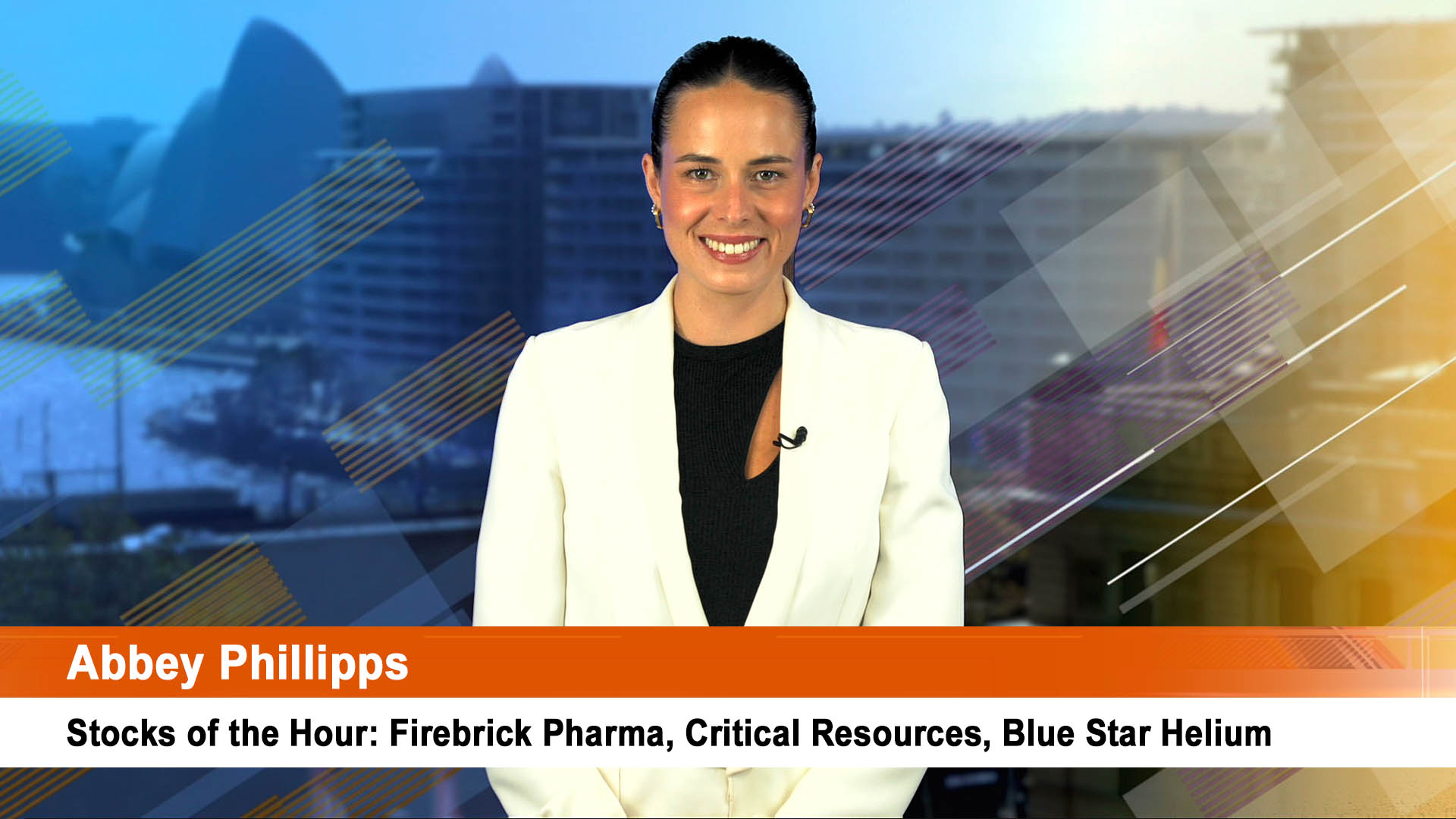Without committing to any hard financial targets, Suncorp ((SUN)) has outlined a new organisational structure and signalled higher reinsurance costs have made it more economic to retain risk on the balance sheet.
Investors will again be faced with gradual earnings downgrades, Credit Suisse asserts, rather than a re-setting of financial targets, anticipating Suncorp will deliver a 6-7% return on equity in outer years, well below the prior target of at least 10%.
The broker lowers cash earnings estimates for FY21 by -13%, because of a worse reinsurance outcome and lower bank earnings, downgrading to Underperform from Neutral as the stock has outperformed peers recently.
Macquarie considers the update reflects the challenges faced by the broader general insurance industry, although the quantum of downgrades was larger than expected. On a positive note there have been lower motor insurance claims in Australia and Morgan Stanley estimates a -25% claim frequency reduction in March-June provides $120m in savings.
However, Suncorp has indicated the benefit will be offset by provisions such as “incurred but not reported” claims on landlords, business interruptions, and increased risk margins.
Given how volatile the insurance margins have been, Ord Minnett finds it difficult to forecast earnings from FY21 with precision. The broker suspects there will be a trough in underlying earnings in FY21 because of elevated bad debt charges in the bank and as the market moves to reprice for higher reinsurance.
Reinsurance
Rising reinsurance costs have played a role in setting the new structure and the company has noted it was more economic to retain risk rather than reinsure. Reinsurance cost is rising $42m versus the original FY20 cover and a single aggregate “excess of loss” cover replaces two prior covers. The company has guided to an FY21 catastrophe budget of $910-950m compared with $820m in FY20.
UBS assesses the increased budget is a headwind to underlying margins and requires repricing initiatives to extend beyond FY21. While Suncorp will be able to push through stronger premium rate increases in home insurance other classes may prove more challenging.
Morgans assesses there is not as much P&L protection now and Suncorp will have to hold a higher level of general insurance capital because of the extra risk exposure. The broker downgrades to Hold and believes there is better value elsewhere in the sector.
The lift in reinsurance cost is significantly less than Citi had anticipated, although Suncorp is only partially through re-pricing the last lift in the allowance so the ability to re-price this latest increase is questionable.
Morgan Stanley downgrades the FY21 insurance margin by -1.5 percentage points, noting earnings volatility will rise given less aggregate cover. Still, capital is strong and the prospects for dividends have improved with better markets.
The broker points out the Bureau of Meteorology currently expects a 50% chance of a La Nina forming in the spring, which typically brings higher catastrophe losses in Australia. That said, both Suncorp and Insurance Australia Group ((IAG)) regularly exceed catastrophe budgets.
Morgan Stanley notes Suncorp’s actual catastrophe losses have not been below budget since FY08. In recent years aggregate reinsurance cover has protected Suncorp from exceeding its catastrophe budget but now there is less aggregate cover from FY21.
Suncorp expects to recover the insurance margin within two years, not through price increases but by cost reductions and tighter underwriting and Bell Potter suggests this intention is being overlooked. Citi admits this may ultimately be possible but it will take time and the headwinds for margins are compounded by other headwinds such as lower interest rates and lower CTP prices.
Morgan Stanley observes, with a multi-year quota share, Suncorp could reduce its earnings volatility and improve capital flexibility, although concedes, in addressing the risk of climate change, it is hard to measure just how much general insurers can control.
Suncorp has confirmed its FY20 natural hazard costs are in line with its $820m allowance, in keeping with stronger reinsurance protection and a more benign second half. The claims risk from the pandemic remains neutral in FY20.
Business Interruption Claims
Despite higher provisions for landlords in FY21 there could be risks around landlord claims, particular if unemployment spikes once government support is withdrawn. Yet, UBS expects business interruption is unlikely to be an issue, although policy wording will be tested with regards to pandemic exclusions.
The interesting aspect of the update, in Shaw and Partners view, is the test case of business interruption insurance. The argument hinges on the reference to the Quarantine Act and whether this is sufficient to exclude claims from the pandemic but the Quarantine Act has been repealed and replaced with the Bio-Security Act.
Should the court decide an exclusion based on a reference to the previous act is ineffective then this could be expensive for insurers. However, as Bell Potter points out, Suncorp had already updated the majority of its policy wording prior to the pandemic, although there are some policies that refer to the old act.
Restructure
A new organisational structure is intended to reduce costs through eliminating duplication, and responsibility for insurance in Australia will be split across two roles, with a CEO of insurance product & portfolio and a COO of insurance who is responsible for claims management and operations.
Shaw finds it extraordinary that a company that has been through so much change still cannot sort out its cost structure while Goldman Sachs suspects Suncorp will make more tactical changes when efficiency opportunities present rather than commit to another multi-year large program.
Nevertheless, meaningful cost savings are not expect in the short term. Credit Suisse also struggles with assessing where accountability ultimately lies, given a separate role for underwriting and claims.
Citi believes better returns from the new management structure are likely to be realised in the future. The restructure may make the stock an attractive opportunity at some stage but, in the broker’s opinion, not at present. Both Citi and Bell Potter suggest the reorganisation should make the banking arm easier to spin off, although a sale is considered unlikely in the short term.
Macquarie points out, although the restructure draws a line between the bank and general insurance, management has indicated this does not mean any shift of intent regarding the role of the bank.
Among those brokers not monitored daily on the FNArena database Shaw has a Buy rating and $10.00 target, Goldman Sachs a Buy rating and $10.80 target and Bell Potter a Buy rating and $10.50 target.
The database has three Buy ratings, three Hold and two Sell. The consensus target is $9.64, suggesting 10.5% upside to the last share price. Targets range from $8.10 (Morgan Stanley) to $11.82 (Ord Minnett). The dividend yield on FY20 and FY21 forecasts is 4.1% and 5.7% respectively.













